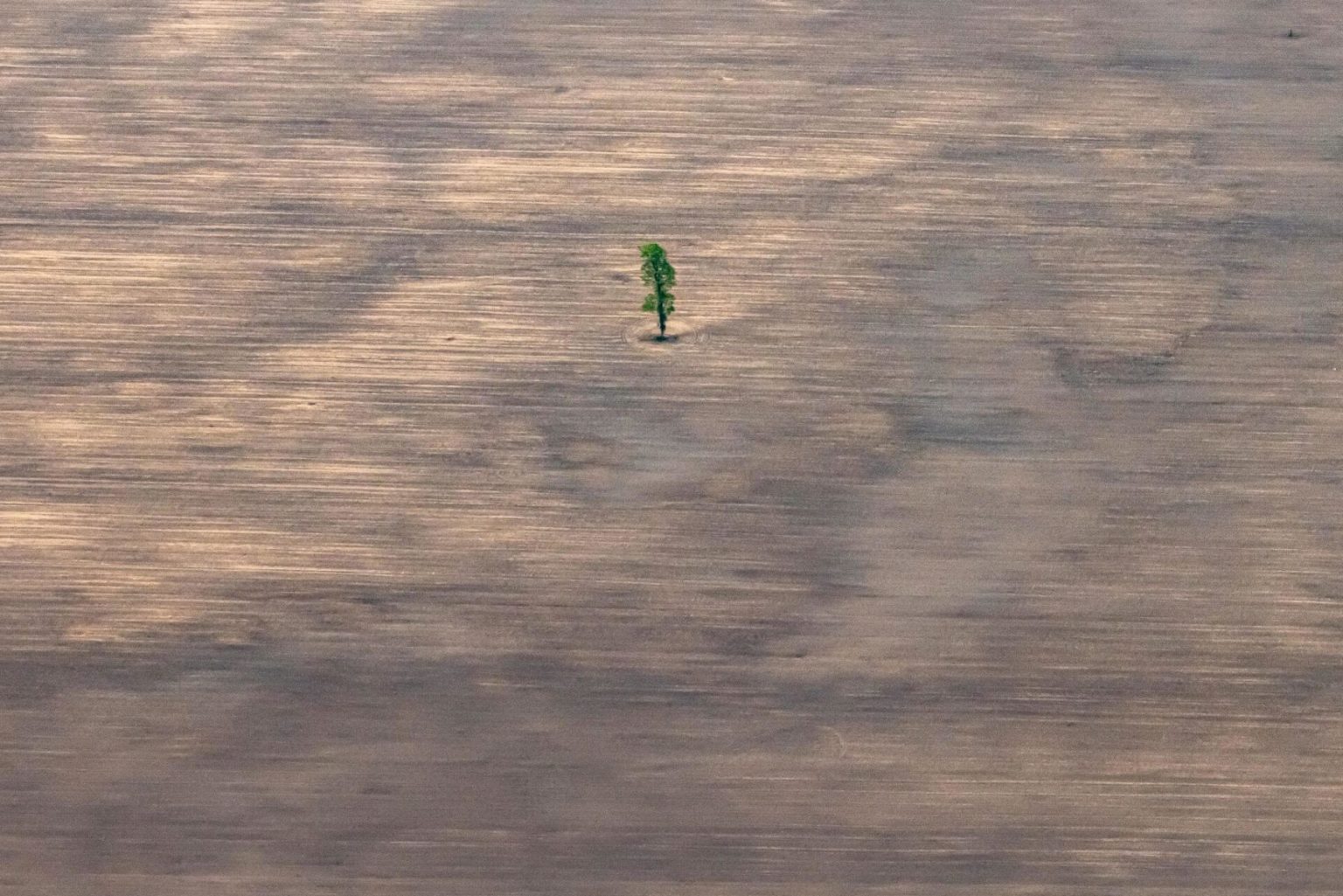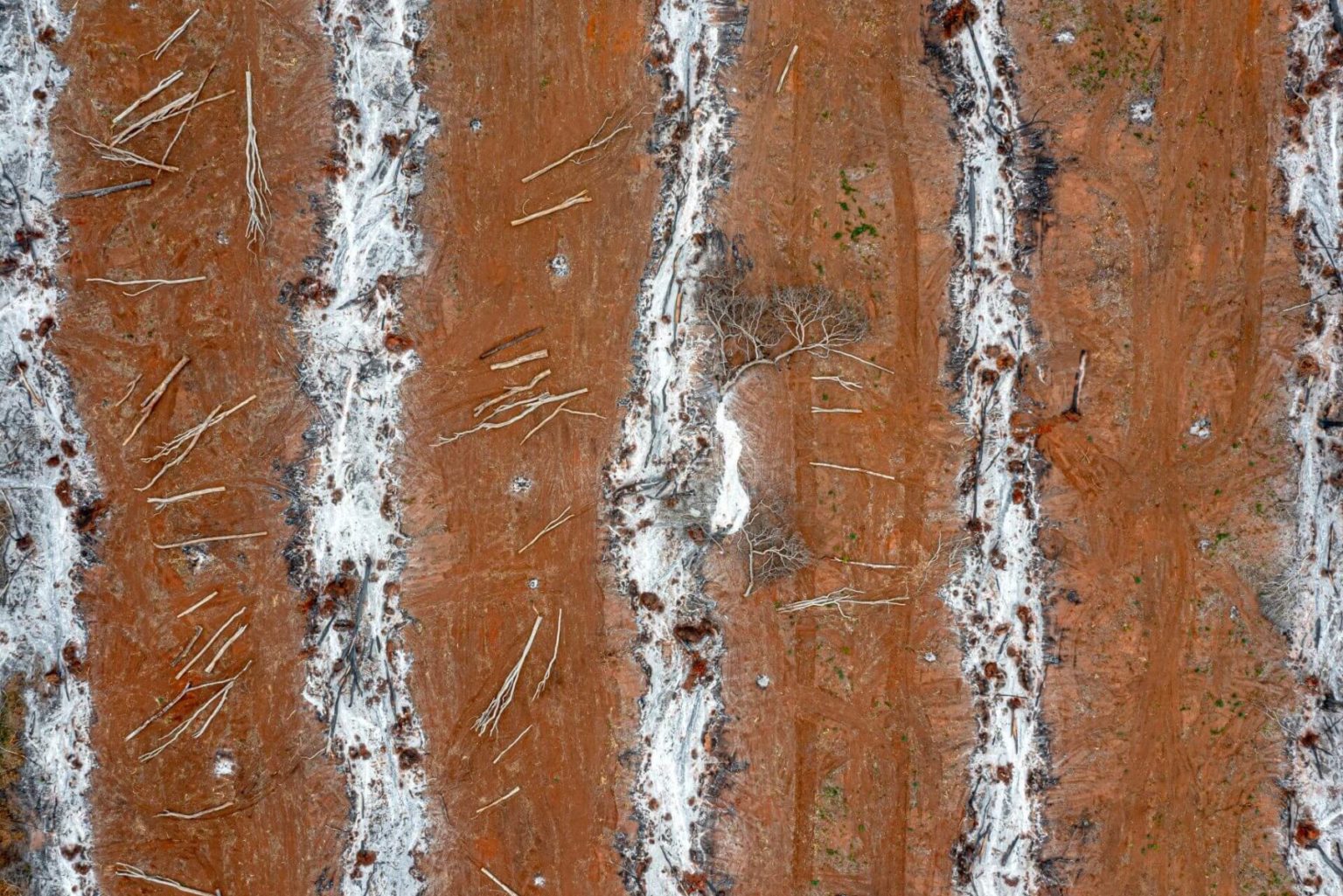Latin America
Showing Original Post only (View all)Bolivia's Deforestation Crisis [View all]
13 October 2023 | Photography by Matjaz Krivic
The Bolivian countryside is undergoing radical transformation, critically endangering the region’s rich biodiversity.
Bolivia has the third highest deforestation rate of primary forests in the world, right after Brazil and the Democratic Republic of Congo (DRC). 14% of all the forest has already been lost to industrial agriculture of soy, maize, and cattle ranching. The federal government has encouraged agricultural expansion through subsidies and national pension funds. By 2025, it plans to triple the size of cultivated land and cattle herds. Land in Bolivia is cheaper than in neighbouring countries, and speculation is widespread. Seeking short-term profits, local and foreign buyers fuel the conversion of the country’s tropical forests into savannahs.
As forest fires intensify, the temperatures progressively increase. Communities face repeated droughts while coping with the spread of new diseases.

View of deforested land in the north-east of the Santa Cruz department (eastern Bolivia), where a single tree is left. From 1976 to 2021, Bolivia lost 8.6 million hectares (an area the size of Austria) which is equivalent to 14% of its forests, according to Fundacion Amigos de la Naturaleza (FAN). The country ranks 12th among all countries in biodiversity, but it is rapidly losing its animal and plant species.

The Mennonites colony west of San Ignacio de Velasco uses fire to clear land for agricultural purposes. The intensity of fires has been increasing. The Authority for the Inspection and Social Control of Forests and Land (ABT) admits that from 2012 to 2021, 60% of deforestation was illegal.

View over lines of burned forest, cleared by the new community of ‘interculturales’ in the municipality of San Rafael in eastern Bolivia. The three main deforestation factors are (1) domestic and foreign companies, especially Brazilian ones, (2) immigrants from the highlands of Bolivia who are granted land by the government (campesinos interculturales), and (3) Mennonites – an ultraconservative Christian church community.

Grain silos building site in San Ignacio de Velasco. In the last two decades, the rate of primary forest loss in Bolivia has roughly doubled. The turning point was in 2015 when Evo Morales’ government abandoned an economic model based on oil and natural gas exports and replaced it with the promotion of agriculture and livestock. For this, it needed land in forests and in the territories of indigenous communities. “This is a serious wound in environmental policy, and the result are fires and massive forest loss,” said Gonzalo Colque, executive director of the environmental NGO Fundacion Tierra.

View over soya fields east of Santa Cruz de la Sierra. The main drivers of deforestation in Bolivia are the expansion of areas for soybean production and cattle ranching for domestic consumption and export. In total, as much as 2/3 of the agricultural land is dedicated to cattle breeding or the production of feed for it.

Machine clearing the forest and preparing the land for agriculture near San Jose de Chiquitos in eastern Bolivia. The intensity of deforestation has drastically increased, supported by legislation and government spending.

A portion of forest burns on land rented by Mennonites near Concepcion. Fires in Bolivia account for 1/3 of forest loss per year. In the Chiquitania region, tropical dry forest fires are constant from August to October. With small fines, at $200 per thousand acres burned, the fires pay off for prominent Brazilians and Mennonite landowners. The worsening effects of climate change exacerbate the traditional dry, hot weather, making it more challenging to control the fires. In 2019, more than 5 million hectares of forest was burned – an area bigger than Costa Rica.
More:
https://revolve.media/views/bolivias-deforestation-crisis
Absolutely disgusting. Greed has invaded and claimed Bolivia, abused, mistreated, despised the Native Bolivians, and is hard at work bleeding the country dry.